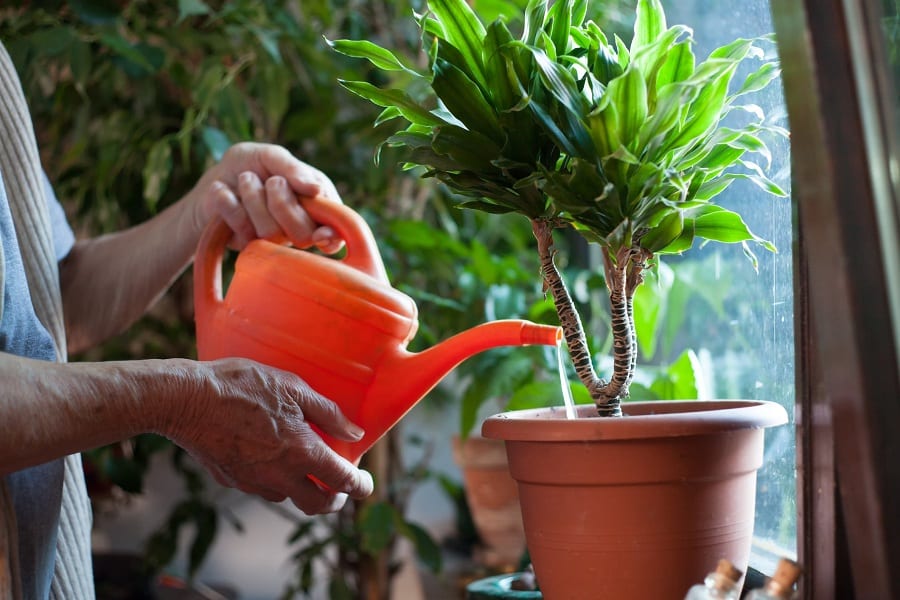When the summer season ends, gardening can get less enjoyable & come with brand new challenges because the weather tends to change.
Whether you plan to bring new indoor plants or already have a good range of existing indoor plants at home, you must understand how to take good care of them.
You must ensure to take good care of the plants to thrive indoors and make a beautiful view.
Watering the indoor plants is way different from outdoor plants as they do not have rain or sprinkler kind systems to depend on. One requires watering them daily to keep them highly healthy & growing.
However, the question arises, have you ever given a thought as to what kind of water you should use on such indoor plants? Are plants great at filtering contaminated water?
We will explore such questions below; however, we will discuss indoor plants and how the usage of filtered water can impact them.
Contents
Should You Use Filtered Water for Watering Your Indoor Plants?
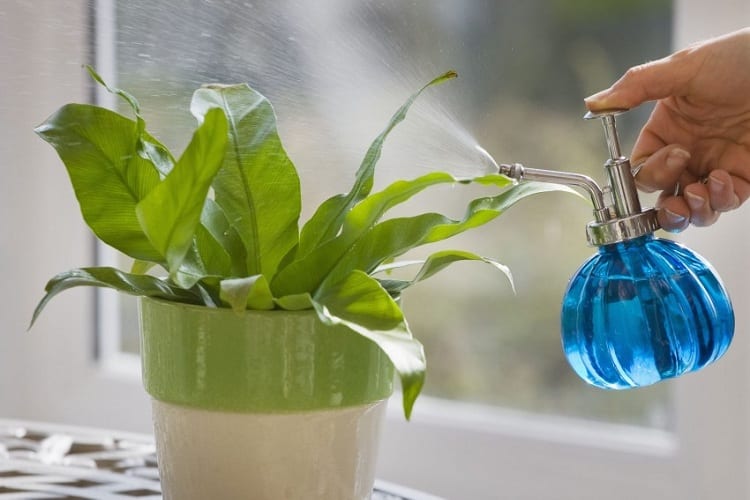
When plants are located outside, they have accessibility to a vast natural and pure water source, i.e., rain. Contrarily, the water, which is available from the tap, is not always pure.
It consists of traces of chemicals, minerals & also bacteria. The number of such components or traces may differ based on where you reside.
Few of such minerals found in tap water are advantageous, while others can be extremely harmful to some of the delicate indoor plants.
One such major mistake is chlorine, which generally is included in the water supply for sanitization. Similarly, as it cleans your water, it even helps clean soil by killing the microorganisms staying inside it.
While it might sound great, such microorganisms make the soil more beneficial by helping their roots get stronger.
Few plants are more sensitive to the chemicals than others, so we recommend filtered water for sensitive plants. Few of the plants include bromeliads, lilies, and others.
The water’s pH level can even impact the plant’s soil, affecting plants, which grow better in either alkaline or acidic soil.
A potential drawback of utilizing water for potted plants is that it does not contain even a few of the minerals that are good for the plants.
For the most part, it appears that watering your plants using tap water will not harm them. Instead, many kinds of plants can even thrive better at a time when filtered water gets used.
Those who like to keep the potted plants in their home, investing in a water filter or even bottled water can help them thrive relatively more than the regular tap water.
Now, let us move on to those plants that can filter water. And how water filtering plants can be helpful?
How Can Plants Filter Water?
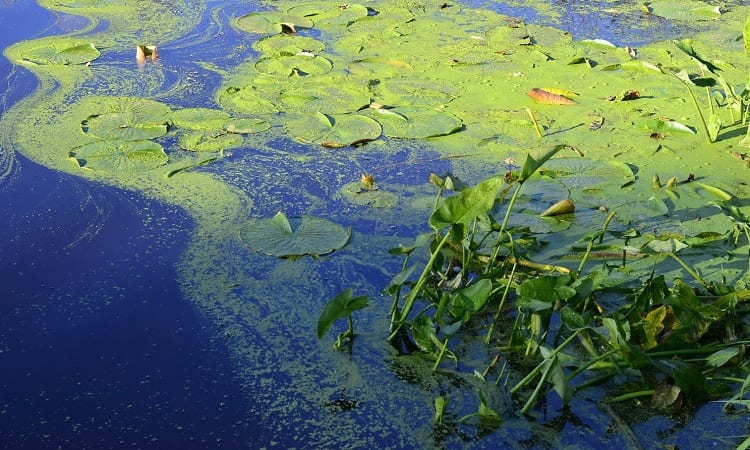
One of the best ways to maintain clear, healthy water is by including a huge range of plants in the pond and proper filtration.
Few plants are better off than rest at eliminating or removing nutrients from the pond, and they are called clear water plants.
While it is a fact that a highly effective biological filter maintains a good water quality just by breaking the harmful ammonia from decaying plants and fish waste into nitrite & then from nitrate, it doesn’t remove nitrate from water.
Moreover, you can think about an excellent biological filter as a nitrate factory. Note that nitrates are not toxic like nitrites or ammonia, but they become harmful for the fishes at relatively high levels.
Moreover, high nitrate levels are one of the primary reasons for increased algae growth, which leads to either murky green pea color water or strands of string algae or the blanketweed, which grow on waterfalls, ponds, or rock.
How Can You Effectively and Safely Eliminate Nitrates from The Pond?
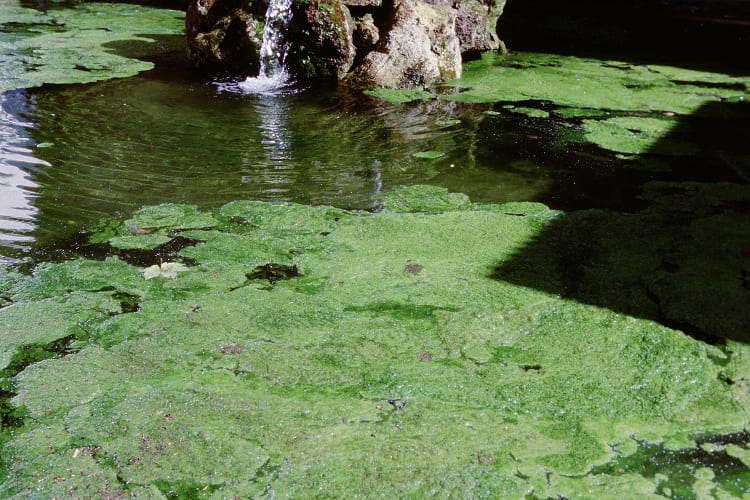
It is where plants come to play. Not just plants include beauty and texture to the pond; they even feed on similar nutrients just like algae.
They even remove phosphates and nitrates from the water, leaving less for algae to guzzle. Any of the aquatic plants you include in the pond goes to have an advantageous effect on water clarity and quality.
However, specific plants are way more helpful for removing nutrients from the water.
Known as clear water plants, they compete with algae for water nutrients.
Such plants are usually fast-growing with an enhanced metabolic rate with extensive roots to absorb the nutrients or effectively take off phosphates and nitrates.
Can I Use Houseplants to Filter Water?
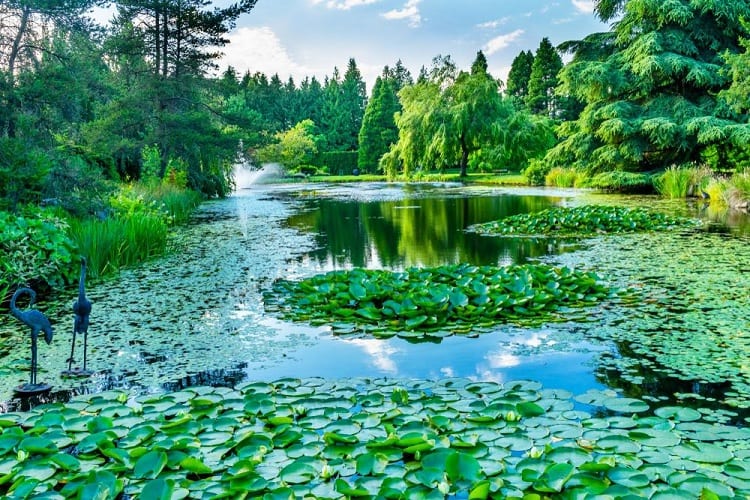
Most children should have learned that plants assist in cleaning the air.
One such hazard is deforestation, which is the cause of air pollution. However, do you know plants even play a crucial role in efficiently cleaning the water?
Like air, plants that reside on & in water absorb carbon dioxide & expel oxygen. In the case of aquatic surroundings, this is useful for fishes & ameliorates water quality.
Those plants in the aquatic system even absorb bacteria, nutrients, chemicals, and metals.
Plants-based water filtration gets excellent attention for being a sustainable method for cleaning off water without any chemicals.
In 2013, an Oxford industry student named Stephan Honan was awarded an international award for a water filtering plant model that removed arsenic.
Water Filtering Plants
Moss
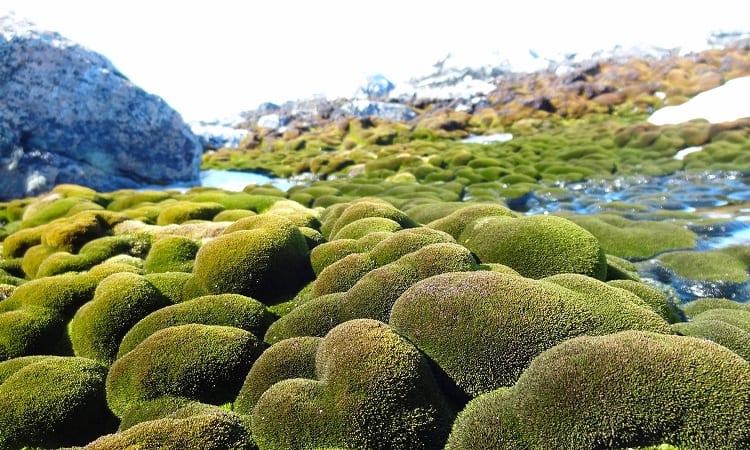
With this natural method of water filtration plant getting significant attention for sustainability, a vast number of current studies have confirmed the different roles that the plant can remediate or remove.
For example, moss with no root system can absorb nutrients and water throughout their entire plant.
In the year 2017, RIKEN center’s researchers in Japan stated that a study revealed how Funaria hygrometrica, a particular kind of moss, can absorb vast amounts of lead due to their unique characteristic of generating an acid in their cell walls.
Afterward, a research group in Sweden, namely Stockholm University, performed the same study to reveal that aquatic moss known as Warntofia fluitan can assist remove harmful arsenic from the water.
This grows in Swedish wetlands, which are excessively contaminated with toxic arsenic from the nearby mining operation.
Studies showed that moss water filtering plants could lower arsenic levels by nearly 80% in an hour.
Instead of the arsenic getting absorbed by the plant, it is bound onto the plant tissue, making the water much safer for animals and humans alike.
Pine Tree
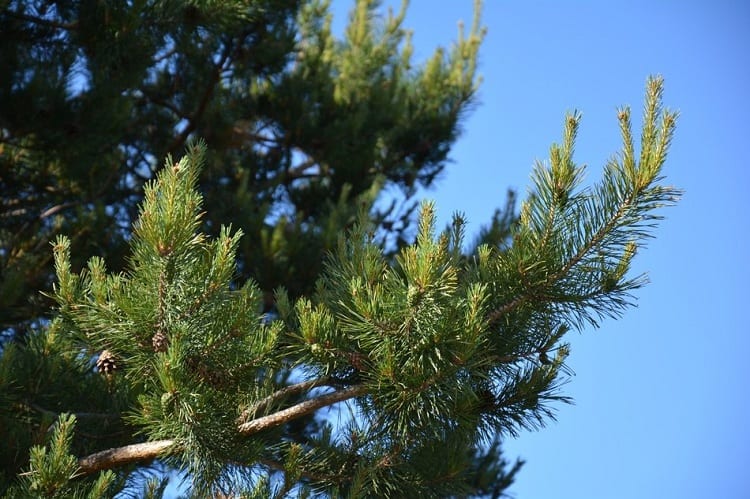
The following model is based on the MIT research team, which utilized a xylem to filter out the bacteria from water. Xylem is porous sapwood that takes water from trees’ roots up to their leaves.
Xylem works as a filtration system for trees. Using pine branches sections stripped off from their bark, researchers added plastic pieces towards the end of their branches.
Dirty water went up through their branches, where the natural system removed the sediment and bacteria from the water.
Best Water Filtering Plants
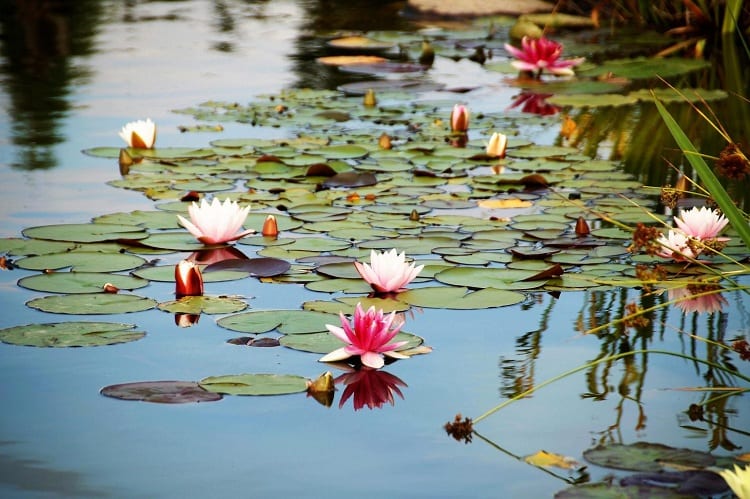
Bacteria, heavy metals, oil, and various other pollutants can get removed with water filtering plants’ assistance.
Cattail grows from 5 to 10 feet and can remove numerous metals like zinc, lead, cadmium, and even nitrate from water.
Mentha aquatica or water mint grows nearly 6 inches high with purple flowers & must be first planted in a container before getting moved to the water.
Then there is a water mint that can help clean water by taking off bacteria such as salmonella and E. coli. Juncus Effusus, or soft rush, is grass-like aquatic plants, which grow up to three and a half feet high.
In research, Washington State University stated soft rush could remove metals like copper, zinc, and cobalt from water. One can make a pond garden in their yard that can filter water.
Iris and water lilies are two great pond plants that filter out water. Mainly water lilies are effective in absorbing various heavy metals from water. Also, they cater shade for fishes & assist in lowering the algae growth.
Few of the submerged plants that grow underwater are great at removing pollutants. They even can oxygenate the water and keep the fish’s health intact.
Hornwort and Cabomba are two excellent submerged species of the plant. Water in ponds can be a good source of emergency water, and they are even clean owing to the presence of water filtering plants in them.
Conclusion
Plants do way more than just filtrating the air supply. The plants we have mentioned above can keep the water completely clean by removing heavy metals and bacteria.
They also absorb carbon dioxide & expel oxygen which is beneficial for us.
Whether it is just iris, xylem, or lilies, you can use these plants to filter water thoroughly and quickly. Remember, these plants are beneficial for water filtering and good for the environment.
Resources:

